Custom plush toys are becoming more sustainable as manufacturers shift to eco-friendly fabrics, recycled polyester,...
The Evolution of Plush Toys: From Stuffed Animals to Smart Toys
Introduction:
The world of plush toys has come a long way since the days of simple stuffed animals. Once merely cute, cuddly companions, plush toys have evolved into smart toys that integrate cutting-edge technology to offer more engaging and interactive experiences. From basic, soft animals that offered comfort to today's motion sensor plush toys, LED plush toys, and voice recognition plush toys, technology has revolutionized the way children play with and relate to their plush companions. This article delves into the evolution of plush toys, exploring how they have transitioned from basic comfort objects to high-tech, multifunctional playmates that both children and adults cherish.
The Traditional Plush Toy: Emotional Connections and Comfort
Before the advent of high-tech features, plush toys were simple, comforting stuffed animals that children would cuddle with for comfort. The emotional connection children developed with these toys was significant; they became companions, protectors, and friends during times of loneliness or fear. These classic stuffed animals could be as simple as a bear, bunny, or dog, with a soft exterior that provided tactile comfort. Their primary function was emotional support—whether it was to help children fall asleep or to comfort them during moments of distress.
While the traditional plush toy has always had sentimental value, it was clear that these toys had limited functionality. They served as an outlet for imaginative play but did not interact with their environment or enhance the play experience in the way modern toys do. However, the evolution of technology began to shift this paradigm, and the first technological integrations into plush toys began to emerge.
Introduction of Technology: Motion Sensors, LED Lights, and Voice Recognition
The introduction of technology into plush toys began gradually, with each innovation opening up new possibilities for enhancing the play experience. The first wave of technological advancements came with the inclusion of motion sensor plush toys. These toys could detect movement and respond accordingly, either through sound, lights, or even movement of their own. For example, a motion sensor plush toy might start singing or moving when a child touched it or waved their hand in front of it. This added a layer of interactivity that was missing from traditional stuffed animals.
Next came LED plush toys—toys that incorporated LED lighting into their design. LED lights allowed plush toys to serve more than just a decorative or comforting role; they could now act as a functional light source as well. LED plush toys often come with built-in light features that glow in a variety of colors, providing a gentle, calming ambiance. These toys became especially popular as nightlights for children, offering comfort in the dark and helping them feel secure while they slept.
The most recent advancement in plush toy technology has been the introduction of voice recognition plush toys. These toys can understand and respond to voice commands, adding an entirely new level of interactivity. Whether the toy is designed to answer questions, tell stories, or respond to a child’s voice with specific phrases, voice recognition plush toys can make a child’s playtime more dynamic and engaging. These toys don't just wait for a child to hug them—they actively engage in conversation, making them feel like real companions.
Smart Toys Today: The Cutting Edge of Plush Toy Technology
Today, the market is filled with plush toys that utilize all the latest technology to offer engaging and educational play experiences. Motion sensor plush toys, LED plush toys, and voice recognition plush toys are at the forefront of this revolution. These toys are designed to do much more than provide comfort—they actively interact with children in ways that traditional stuffed animals never could.
For instance, many motion sensor plush toys are designed to react to physical interactions such as a hug, a touch, or even a pat on the head. These toys often feature built-in sensors that trigger sounds, songs, or even small movements. Some toys will even respond to a child’s voice, while others might activate an LED light display or start dancing. The key here is the toy’s ability to recognize and respond to external stimuli, creating a dynamic and entertaining experience.
Similarly, LED plush toys are now equipped with more advanced lighting features that allow them to change colors, patterns, or even create light shows. These toys are not only soothing but can be used to teach children about colors and patterns in an engaging way. The combination of a plush toy’s soft materials and the calming glow of LED lights makes them both functional and comforting.
Perhaps the most advanced type of voice recognition plush toys can understand a range of commands and respond in real time. These toys may interact with children in different ways depending on the programming, such as telling bedtime stories, answering questions, or responding to a child’s emotions. By using voice recognition technology, these toys have the potential to encourage language development and stimulate imagination. These smart toys go beyond simple physical interaction, offering a more intellectual and emotional connection with children.
The Future of Plush Toys: Where Will Technology Take Us?
The future of plush toys seems boundless, with new advancements constantly reshaping how these toys evolve. Motion sensor plush toys, LED plush toys, and voice recognition plush toys are only the beginning of what is possible in this new era of interactive play. As technology continues to advance, we can expect to see even more innovative features integrated into plush toys. For example, we might see toys that can learn from their environment or adapt their responses based on a child’s behavior or preferences.
In addition, we are likely to see further integration with smart home technologies. It’s possible that plush toys could be connected to smartphones or even smart home devices, allowing parents to control the toy’s features remotely or use the toy as part of a larger ecosystem of interactive play. Future toys could integrate augmented reality (AR), allowing children to interact with their plush companions in completely new ways.
With motion sensor plush toys that respond to touch and movement, LED plush toys that offer personalized lighting effects, and voice recognition plush toys that interact with kids on an emotional level, the potential for future plush toys is enormous. These toys will not only continue to entertain but will also provide valuable learning opportunities, social interaction, and emotional development for children.
Conclusion: A New Era for Plush Toys
The evolution of plush toys from basic comfort objects to smart, interactive companions marks a significant shift in the toy industry. No longer limited to just providing comfort or companionship, plush toys have become multifunctional playmates that engage children in exciting new ways. Motion sensor plush toys, LED plush toys, and voice recognition plush toys have opened up a world of possibilities for both children and parents, offering educational benefits, emotional connections, and hours of interactive fun.
Looking ahead, the future of plush toys is filled with even more exciting innovations. As technology continues to evolve, plush toys will likely become even smarter, offering new forms of play, learning, and engagement. For now, however, these advanced smart toys are already changing the way children play and interact with their world, laying the foundation for even more thrilling developments in the years to come.
Reprint statement of blog content: All the blog content and images are original, and copyrighted by gameplushies.com. The reprint statement must be included with our permission. Toyard is not responsible for reprinting similar content or containing trademark and other infringement reprint statements. Please contact us if there is infringement content.
Leave a comment
Log in to post comments



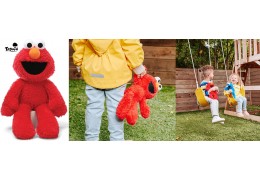
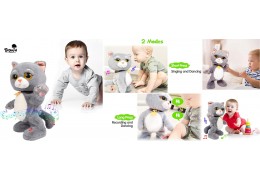

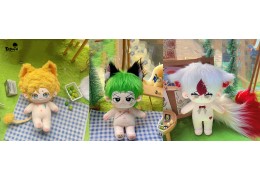
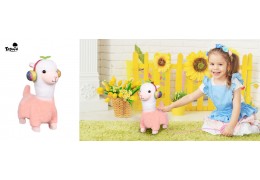


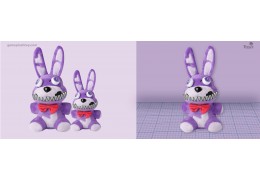
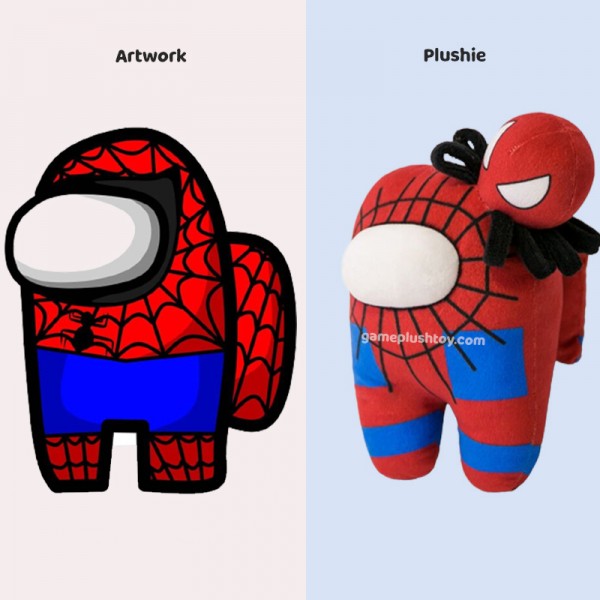
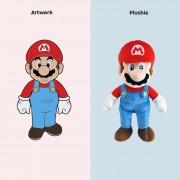
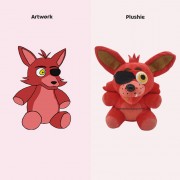
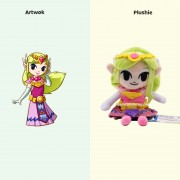
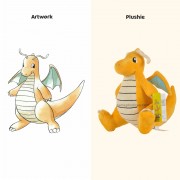
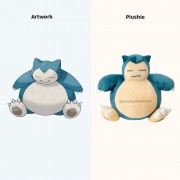


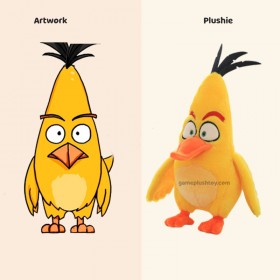
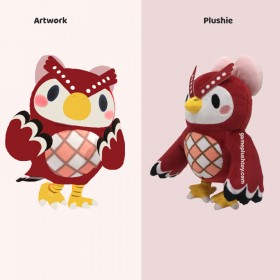



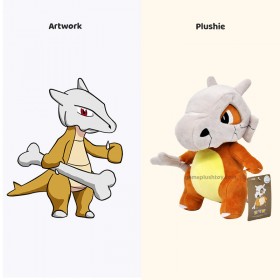



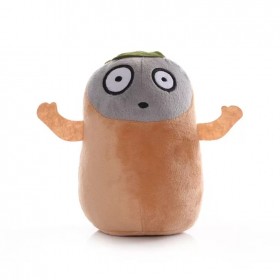
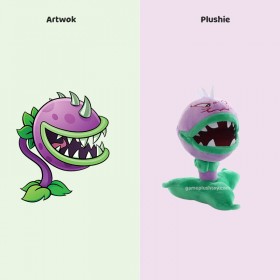

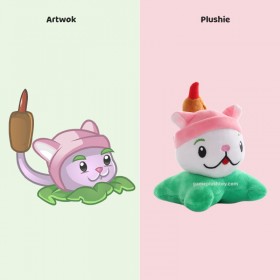


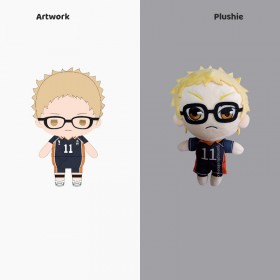

Top authors